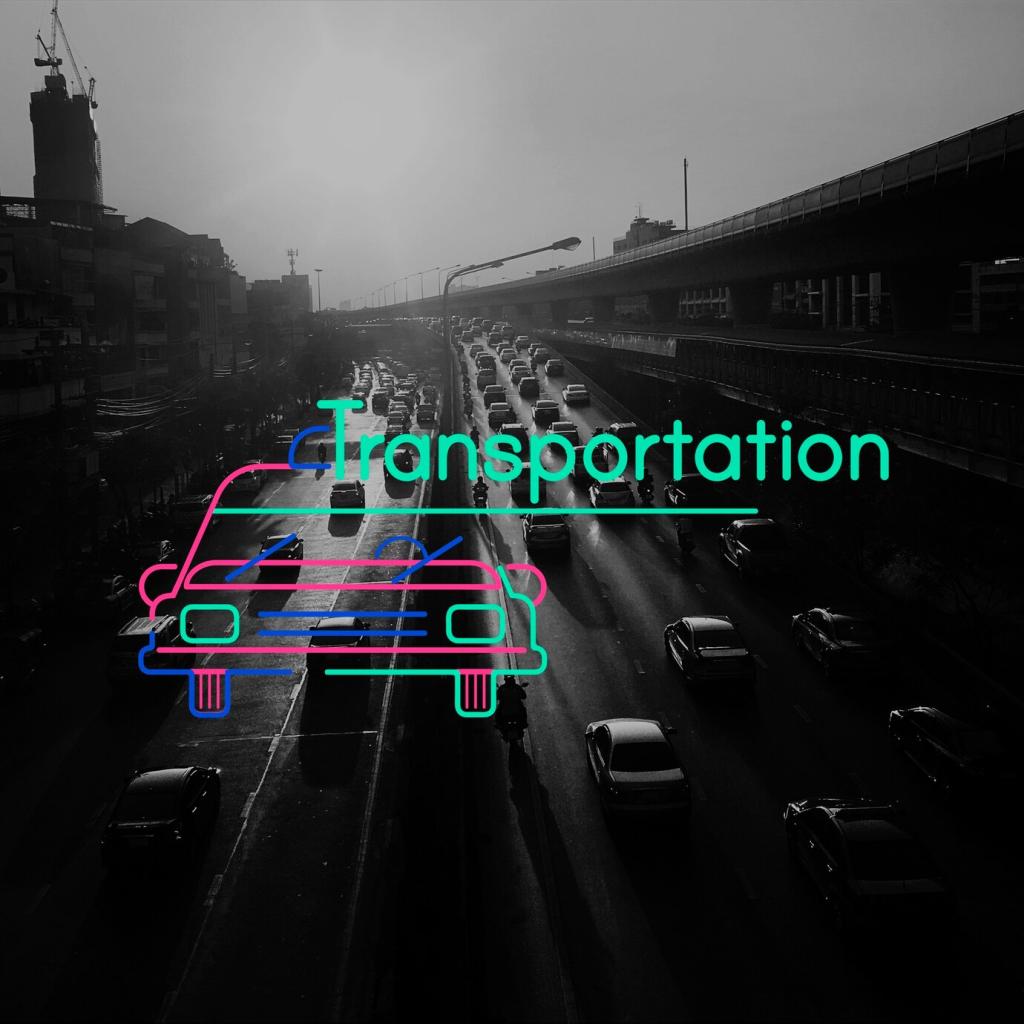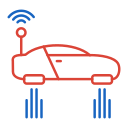The Impact of Autonomous Vehicles on City Infrastructure
Autonomous vehicles, commonly known as self-driving cars, represent a technological leap with the potential to transform urban landscapes around the globe. Their integration into city environments prompts significant changes in infrastructure, from roadways and traffic management to parking and urban planning. Understanding these impacts is essential for city planners, policymakers, and communities seeking to maximize benefits while addressing potential challenges. As cities reimagine their future transportation systems, the deployment of autonomous vehicles stands as both an opportunity and a call for strategic adaptation.
Redesigning Roadways for Smart Mobility
Autonomous vehicles interact differently with urban traffic systems compared to conventional vehicles. Their reliance on precise data and connectivity demands new systems for traffic signal synchronization, lane management, and congestion mitigation. Cities are exploring integrated sensors and smart signaling to communicate directly with vehicles, ensuring smoother transitions and reducing bottlenecks. By harnessing real-time data, roadway layouts and traffic control mechanisms are being reengineered to maximize throughput, minimize delays, and support the higher predictability associated with self-driving cars. The result is an infrastructure shift that prioritizes efficiency and adaptability.

Autonomous vehicles promise to significantly reduce the need for traditional on-street parking. With the ability to drop off passengers at destinations and park themselves in remote or less expensive locations, these vehicles can free up curb space for alternative uses. As reliance on personal vehicle ownership diminishes and fleets become more prevalent, the net demand for parking within central urban areas is expected to drop. This shift presents an opportunity for cities to convert former parking lanes into bicycle paths, green spaces, and expanded pedestrian zones, thus enhancing the urban experience.
Reimagining Urban Parking Dynamics
Integrating Digital Infrastructure for Connectivity
Autonomous vehicles rely on a continuous stream of data from their surroundings to navigate safely. Cities are investing in widespread sensor networks—mounted on traffic lights, signs, and roadways—to gather and transmit environmental information. Real-time data exchange between vehicles and infrastructure (V2I) enhances situational awareness and enables more informed decision-making. The integration of these systems marks a pivotal step toward creating urban environments that support not only autonomous vehicles but also broader smart city initiatives focused on connectivity and efficiency.

